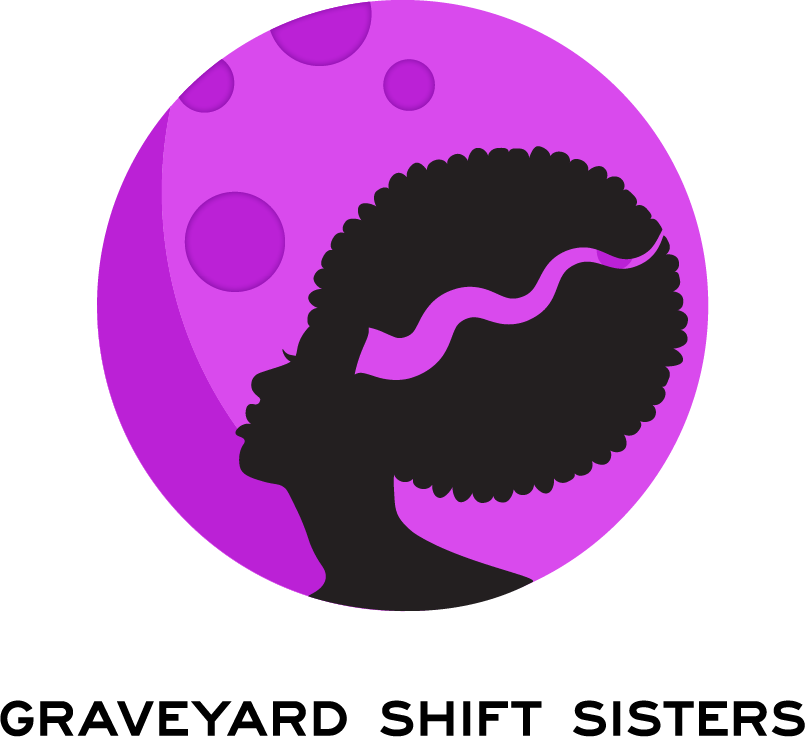Horror Blackademics: Black Women In Vampire Fiction, Part 2
Bites from the Margins: Contemporary African American Womens Vampire Literature
by Marie-Luise Loffler and Florian Bast
Online Journal: Kultur & Geschlecht #8 (2011)
The full article can be read here.
Key Term
Intersectionality - often used in critical theories to describe the ways in which oppressive institutions (racism, sexism, homophobia, transphobia, ableism, xenophobia, classism, etc.) are interconnected and cannot be examined separately from one another. The concept first came from legal scholar Kimberlé Crenshaw in 1989 and is largely used in critical theories, especially Feminist theory, when discussing systematic oppression.
Source: http://geekfeminism.wikia.com/wiki/Intersectionality
Overview
Loffler and Bast point out the foundational importance of how Black women writers produce intersectional fictional texts with central themes in African American women's literature: racism, sexism, narrative perspective. In particular with genre narratives, a claiming of "the vampire [occurs] in order to conceptualize imaginary spaces within which both white supremacist and patriarchal power dynamics can be reconfigured and formally marginalized characters can claim control over their voices, their bodies, and their lives." Ultimately, the Black woman vampire protagonist focuses on "self-determination" while navigating the "complex web of power relations" and through supernatural ability, preserve history and become boundless. Authors Octavia Butler and Jewel Gomez "appropriate the traditionally white and male genre of vampire fiction to rewrite and renegotiate conceptions of power, Otherness, and hierarchy."
Examples
Octavia Butler, Fledgling (2005) the possible present, potential future
Synopsis: A young woman named Shori is a "genetically constructed vampire-human hybrid with black skin who needs to recover her memory in the face of violent xenophobic adversity."
- Shori's arc is a coming-of-age narrative: knowledge, self identity, and emotional/physical control
- Through vampirism, Fledgling marks tenets of African American literature such as self-healing (re-generation after suffering from physical harm) as well as science fiction literature overlaps with critiques on systems of power, biology, and genetics.
Jewelle Gomez, Louisiana 1850 (1991) re-imagining the past
Synopsis: "The Girl, who, after having escaped from slavery, is rescued by a lesbian Lakota vampire, Bird, and her white vampire companion Gilda."
- Highlights nineteenth-century plantation south and its "starkly demarcated racial and gendered hierarchies", mental and physical repercussions of the politics of slavery and white supremacy on the Girl and Bird, the bodies of women of color as sites in need of conquering,
- What 'the fantastic realm' provides in regards to storytelling: allows room for changing "societal scripts based on hegemonic racial and gendered hierarchies", so vampirism (and the powers that entails) in this story is used to show how transformation protects the female body and makes the characters agents, not victims. Overcome being "silenced and invisible" through literacy, defying the sanction against educating slaves during the time.
Discussion Questions
In what ways does Fledgling subvert white supremacist standards of beauty and desirability? Why is this important to Loffler and Bast's insistence that this novel interrogates power?
What do you think is the significance of juxtaposing the experience of an enslaved African girl and a Native woman in Louisiana 1850? In what ways do you imagine their transformative, vampiric power is utilized to empower them during this period?
If Black women's storytelling of Black female vampire protagonists are sites for imagining the complete reconstruction of an intersectionally oppressive society, in what ways do other popular culture narratives in film, TV, etc. fall victim to maintaining these orders in their texts?
Additional Resources
Anolik, Ruth Beinstock, Douglas L. Howard Introduction. The Dark Unknown, in Ruth Bienstock Anolik, Douglas L. Howard (eds.): The Gothic Other: Racial and Social Constructions in the Literary Imagination. Jefferson 2004, p. 1-14.
Jones, Miriam: The Gilda Stories. Revealing the Monsters at the Margins, in: Joan Gordon, Veronica Hollinger (eds.) Blood Read: The Vampire as Metaphor in Contemporary Culture. Philadelphia 1997, p. 151-168.
Winnubst, Shannon: Vampires, Anxieties, and Dreams. Race and Sex in the Contemporary United States, in: Hypathia 18 (Fall 2003), H.3, p. 1-20.
Image: Old books By Vera Lair

